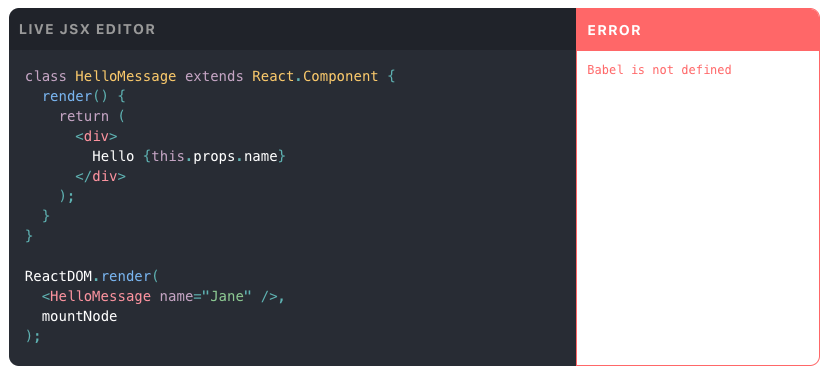This repo contains the source code and documentation powering react.dev.
- Git
- Node: any 12.x version starting with v12.0.0 or greater
- Yarn: See Yarn website for installation instructions
- A fork of the repo (for any contributions)
- A clone of the react.dev repo on your local machine
cd react.devto go into the project rootyarnto install the website's npm dependencies
yarn devto start the development server (powered by Next.js)open http://localhost:3000to open the site in your favorite browser
The documentation is divided into several sections with a different tone and purpose. If you plan to write more than a few sentences, you might find it helpful to get familiar with the contributing guidelines for the appropriate sections.
git checkout mainfrom any folder in your localreact.devrepositorygit pull origin mainto ensure you have the latest main codegit checkout -b the-name-of-my-branch(replacingthe-name-of-my-branchwith a suitable name) to create a branch
- Follow the "Running locally" instructions
- Save the files and check in the browser
- Changes to React components in
srcwill hot-reload - Changes to markdown files in
contentwill hot-reload - If working with plugins, you may need to remove the
.cachedirectory and restart the server
- If possible, test any visual changes in all latest versions of common browsers, on both desktop and mobile.
- Run
yarn check-all. (This will run Prettier, ESLint and validate types.)
git add -A && git commit -m "My message"(replacingMy messagewith a commit message, such asFix header logo on Android) to stage and commit your changesgit push my-fork-name the-name-of-my-branch- Go to the react.dev repo and you should see recently pushed branches.
- Follow GitHub's instructions.
- If possible, include screenshots of visual changes. A preview build is triggered after your changes are pushed to GitHub.
If you are interested in translating react.dev, please see the current translation efforts here.
Content submitted to react.dev is CC-BY-4.0 licensed, as found in the LICENSE-DOCS.md file.











